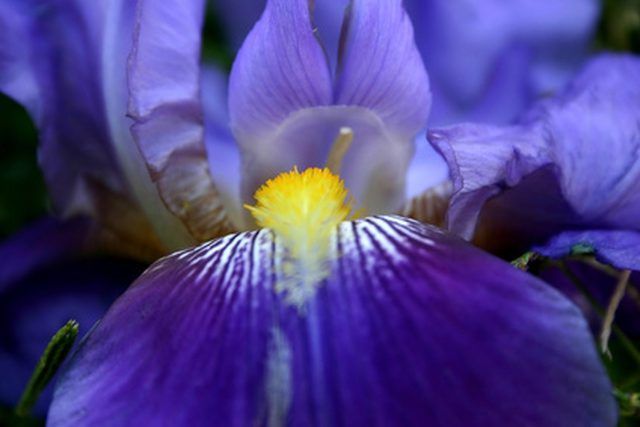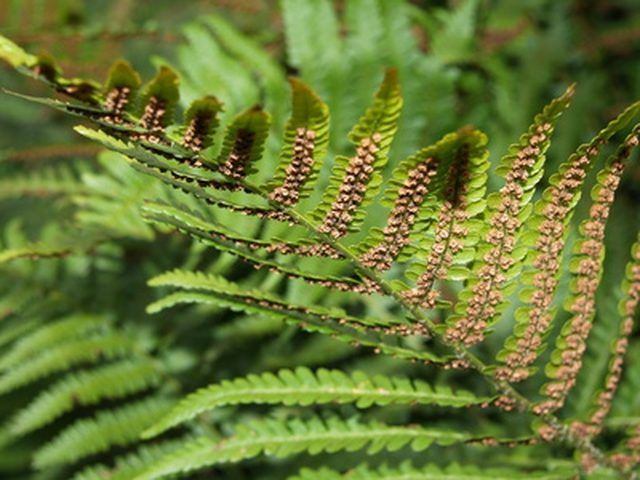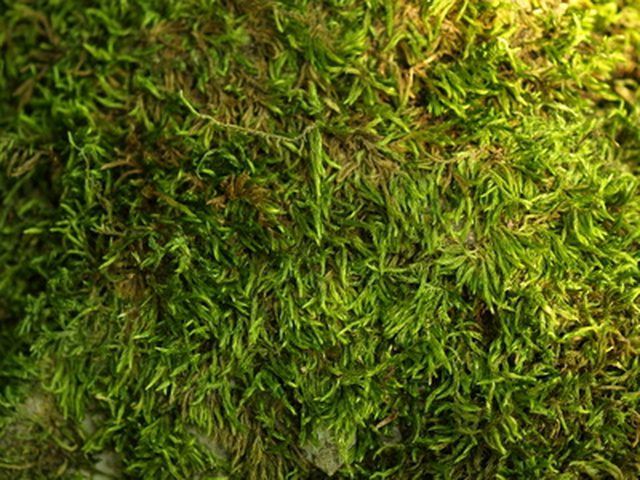Bulbs
Flower Basics
Flower Beds & Specialty Gardens
Flower Garden
Garden Furniture
Garden Gnomes
Garden Seeds
Garden Sheds
Garden Statues
Garden Tools & Supplies
Gardening Basics
Green & Organic
Groundcovers & Vines
Growing Annuals
Growing Basil
Growing Beans
Growing Berries
Growing Blueberries
Growing Cactus
Growing Corn
Growing Cotton
Growing Edibles
Growing Flowers
Growing Garlic
Growing Grapes
Growing Grass
Growing Herbs
Growing Jasmine
Growing Mint
Growing Mushrooms
Orchids
Growing Peanuts
Growing Perennials
Growing Plants
Growing Rosemary
Growing Roses
Growing Strawberries
Growing Sunflowers
Growing Thyme
Growing Tomatoes
Growing Tulips
Growing Vegetables
Herb Basics
Herb Garden
Indoor Growing
Landscaping Basics
Landscaping Patios
Landscaping Plants
Landscaping Shrubs
Landscaping Trees
Landscaping Walks & Pathways
Lawn Basics
Lawn Maintenance
Lawn Mowers
Lawn Ornaments
Lawn Planting
Lawn Tools
Outdoor Growing
Overall Landscape Planning
Pests, Weeds & Problems
Plant Basics
Rock Garden
Rose Garden
Shrubs
Soil
Specialty Gardens
Trees
Vegetable Garden
Yard Maintenance
What Is the Difference Between a Spore & a Pollen Grain?
What Is the Difference Between a Spore & a Pollen Grain?. Spores are used by groups of ancient plants and fungi in one stage of their reproduction. Pteridophyta (ferns) and lycophytes (mosses) both produce spores. Spores grow into intermediate plants called gametophytes. Neither of these groups of plants produces flowers. Pollen is used by...

Spores are used by groups of ancient plants and fungi in one stage of their reproduction. Pteridophyta (ferns) and lycophytes (mosses) both produce spores. Spores grow into intermediate plants called gametophytes. Neither of these groups of plants produces flowers. Pollen is used by flowering plants to fertilize seeds. Fertilized seeds grow into adult plants, not intermediate gametophytes.
Spore Producers
Ferns are in the family Pteridophyta and all reproduce by first forming spores. Other plants that produce spores include the Lycophyta and Bryophyta or mosses. Other organisms that produce spores include fungi, such as mushrooms and molds.

Spores
Plants that reproduce using spores have alternating generations that are diploid (two copies of each chromosome) and haploid (single copies of each chromosome). Spores grow into reproductive organisms called gametophytes. The haploid gametophyte has two reproductive parts that produce sperm and eggs. When the sperm and eggs combine to form a zygote, the organism is diploid again and can develop into an adult plant.

Pollen Producers
Pollen is produced by the anther of flowering plants. Each pollen grain contains a gametophyte that can produce sperm to fertilize an egg within the female part of the flower--the pistil. Unlike spores, the pollen grain's gametophyte does not grow into a multicelled organism.
Pollination
Pollen is activated when it comes in contact with the pistil of a flower. The gametophyte in the pollen grain produces sperm that fertilizes the flower to produce a seed. Unlike a spore, pollen is always "male."

Diversity
Pollen, seeds and spores are evolutionary strategies that allow different species to reproduce. Organisms that use pollen or spores are some of the most ancient lineages on Earth and have been evolving for hundreds of millions of years. The differences between pollen and spores are less apparent when comparing organisms that have evolved similar strategies for reproduction. The defining factor may be that pollen cannot produce a new organism until it matches with a female egg to produce a seed, while spores can develop into gametophytes or adult organisms without finding a partner.